Metropol Parasol by J Mayer H, Seville
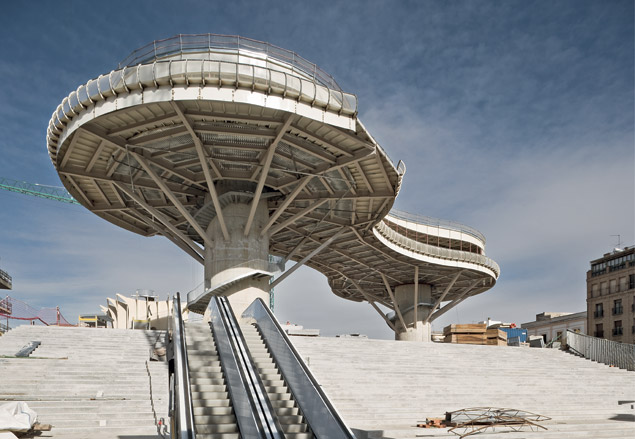
Sophie Lovell
Never ones to sit back and wait for things to happen, we sped over to Seville in 2010 to check out the Metropol Parasol by German architect J Mayer H, when it was still under construction. Spotting the promise in the mushroom-like canopy emerging from the centre of Plaza de la Encarnación, we awarded it Best Building Site in our 2010 Design Awards - and now we're pleased to see that its recently completed form is every bit as startling as we expected.
A handful of German firms are making a name for themselves in ultra hi-tech buildings, using the very latest parametric design software to create futuristic forms. J Mayer H has used clever maths and smart engineering - with help from Arup - to fashion this curvy, fluid structure, mainly out of wood. It is one of the world's biggest buildings to be held together by glue.
Located in the historic city centre of Seville, the sweeping parasol lends extra surface area to the square, creating room for an archaeological museum, a farmer's market, cafes and a panoramic terrace. As well as reasserting the plaza's role as the city's main hub, the new structure provides handy shade and generates an inviting microclimate away from the hot Spanish sun.
More than a mere trophy building, this particular umbrella is a progressive, as well as potent, piece of urban architecture.
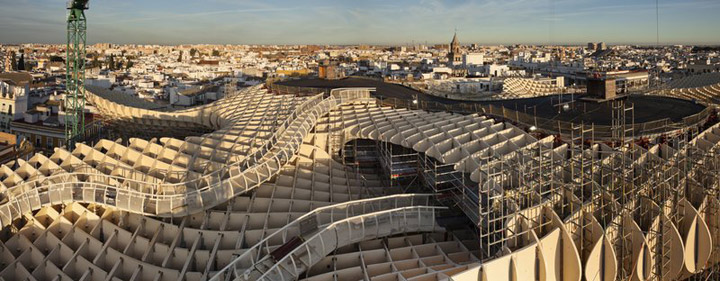
Spotting the promise in the mushroom-like canopy emerging from the centre of Plaza de la Encarnación, we awarded it Best Building Site in our 2010 Design Awards
Photograph by Fernando Alda
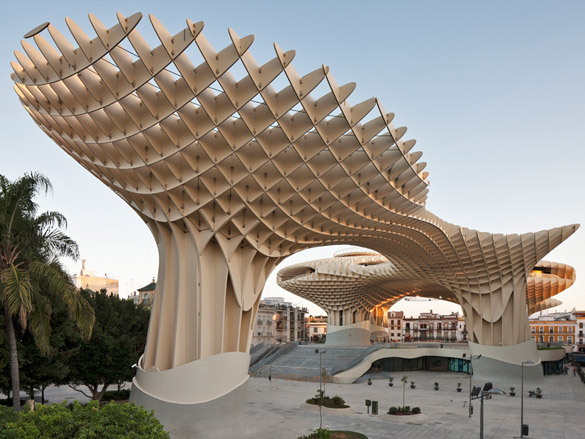
The recently completed structure is every bit as startling as we expected. It now serves as extra surface area to the square, creating room for an archaeological museum, a farmer's market, cafes and a panoramic terrace
Photograph by Fernando Alda
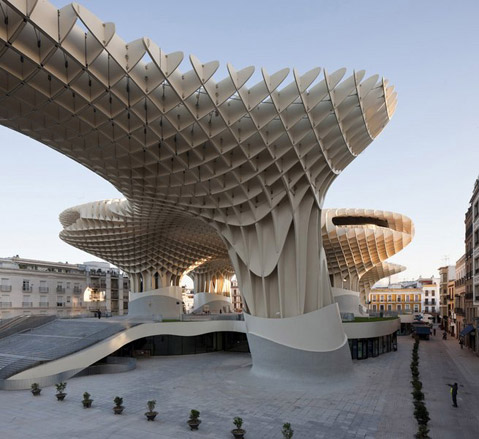
J Mayer H has used clever maths and smart engineering - with help from Arup - to fashion this curvy, fluid structure, mainly out of wood
Photograph by Fernando Alda
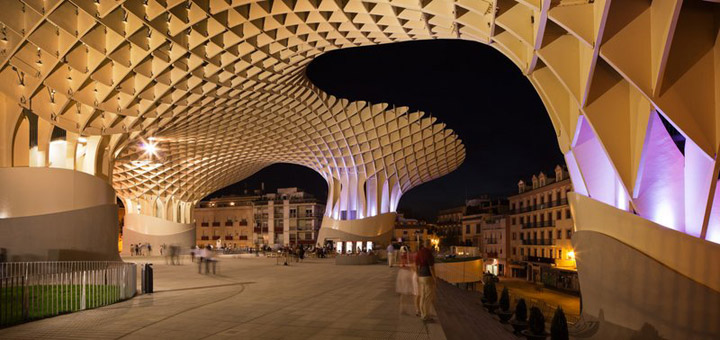
The Metropol Parasol is one of the largest buildings in the world to be held together by glue
Photograph by Fernando Alda
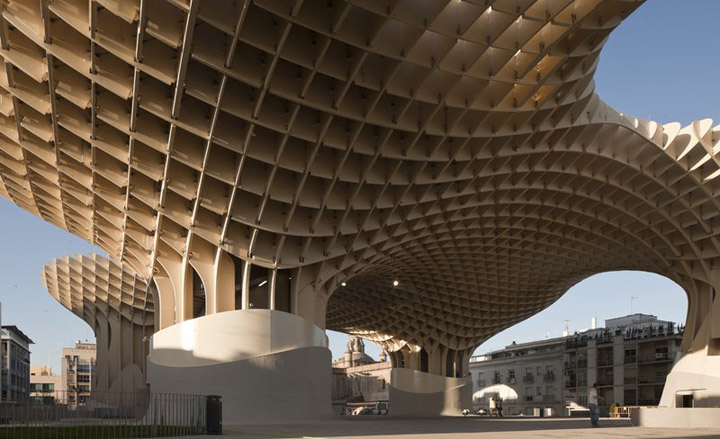
As well as reasserting the plaza's role as the city's main hub, the new structure provides handy shade and generates an inviting microclimate away from the hot Spanish sun
Photograph by Fernando Alda
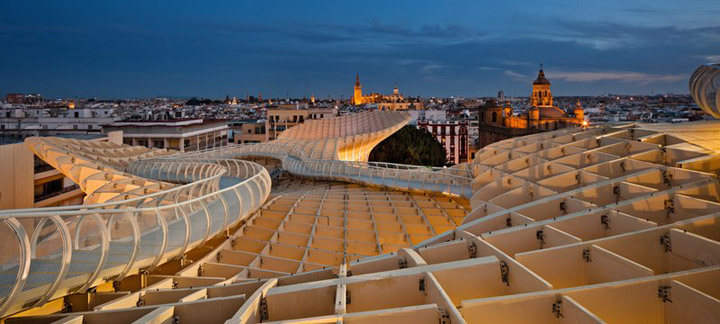
The top of the structure incorporates a walkway, offering views across the city
Photograph by Fernando Alda
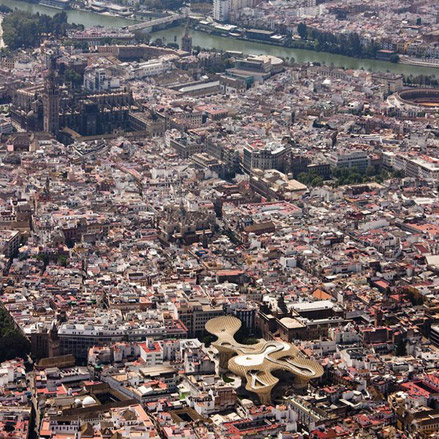
More than a mere trophy building, this particular umbrella is a progressive, as well as potent, piece of urban architecture
For more photographs of the Metropol Parasol by Fernando Alda, visit www.fernandoalda.com
Wallpaper* Newsletter
Receive our daily digest of inspiration, escapism and design stories from around the world direct to your inbox.
Malaika Byng is an editor, writer and consultant covering everything from architecture, design and ecology to art and craft. She was online editor for Wallpaper* magazine for three years and more recently editor of Crafts magazine, until she decided to go freelance in 2022. Based in London, she now writes for the Financial Times, Metropolis, Kinfolk and The Plant, among others.
-
 The Lighthouse draws on Bauhaus principles to create a new-era workspace campus
The Lighthouse draws on Bauhaus principles to create a new-era workspace campusThe Lighthouse, a Los Angeles office space by Warkentin Associates, brings together Bauhaus, brutalism and contemporary workspace design trends
By Ellie Stathaki
-
 Extreme Cashmere reimagines retail with its new Amsterdam store: ‘You want to take your shoes off and stay’
Extreme Cashmere reimagines retail with its new Amsterdam store: ‘You want to take your shoes off and stay’Wallpaper* takes a tour of Extreme Cashmere’s new Amsterdam store, a space which reflects the label’s famed hospitality and unconventional approach to knitwear
By Jack Moss
-
 Titanium watches are strong, light and enduring: here are some of the best
Titanium watches are strong, light and enduring: here are some of the bestBrands including Bremont, Christopher Ward and Grand Seiko are exploring the possibilities of titanium watches
By Chris Hall